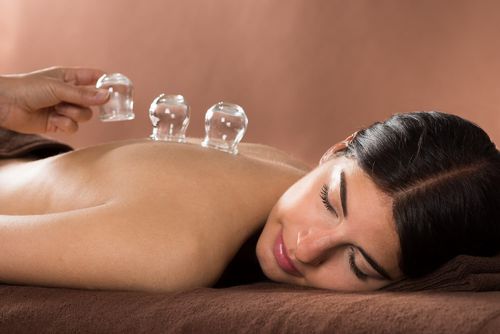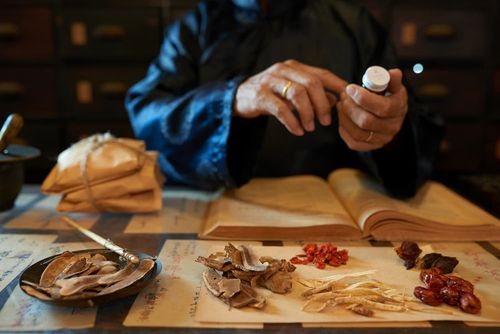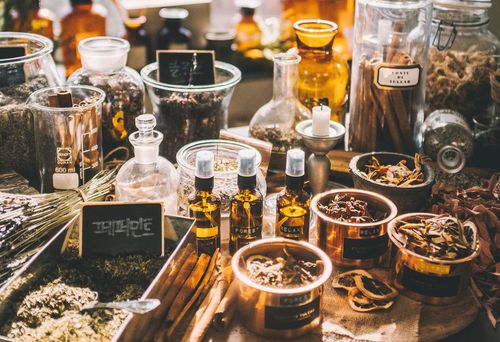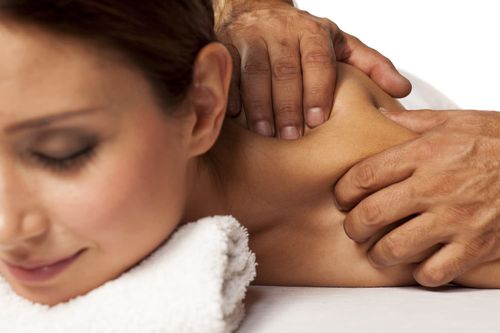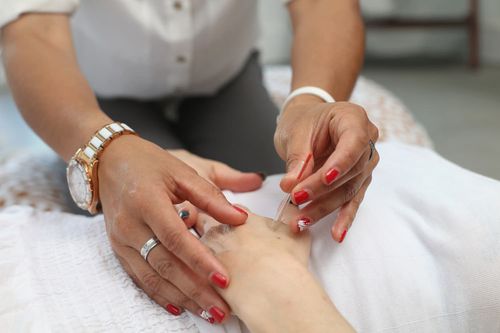What Is Cupping?
Cupping therapy is a form of ancient medicine that originated in China. It is based on the belief that certain health conditions are generally caused by stagnant blood and poor energy flow through the body. In order to fix or prevent those health issues from occurring, cupping practitioners apply cups at certain points of the skin to create suction. The pressure created from the suction helps in drawing blood to the specific area and increasing blood flow. The increase in blood flow helps relieve muscle tension, improves blood circulation, and reduces inflammation.
Similar to acupuncture, cupping is based on the meridian theory of the body. It involves the placing of cups on specific acupoints to improve the flow of energy within the body. Doing so helps rejuvenate certain meridians and organs that are not in optimal condition.

How Does Cupping Work?
The cups used in cupping therapy can be made from glass, bamboo, earthenware, or silicone. There are two different methods of cupping, dry and wet.
For both cupping methods, the therapist puts a flammable substance and sets it on fire. As the fire goes, the cup is applied to the skin in an upside down position. A vacuum is created as the air inside the cup gets cold. This causes the skin to rise and redden because of the expansion of the blood vessels. The cup is generally applied on the skin for up to 3 minutes.
In wet cupping, the therapist creates a small incision on the skin before placing the cup. This helps the cup to suction and draw a small quantity of blood. It is believed that the blood drawn contains the impurities and toxins in the body.
Afterwards, the therapist applies an antibiotic ointment and bandage on the affected skin to prevent infection.
What Are the Benefits of Cupping?
In the Chinese medicine framework, energy stagnation or blockage results in pain. As well as relaxing the nervous system and treating maladies that cause pain, inflammation and emotional distress, cupping also improves the flow of energy, blood and other bodily fluids. This holistic modality supports the body's self-healing abilities, hence widely used to address a wide variety of health conditions, including:
- Backaches, neck, shoulder and knee pain
- Gastrointestinal disorders
- Cold, asthma and other respiratory problems
- Headaches and migraines
- Anxiety and depression
- Allergies
- Hypertension
- Skin conditions
- Muscle spasms
- Poor immune system
- Lung diseases
What Can You Expect From Cupping?
Before the cupping session begins, the therapist applies oil on the client's back to relax their muscles and make gliding the cups easy. Then, they soak a cotton ball in alcohol, lit it up with fire and rub it on the inside of the cups to remove the air before placing them on the client's back.
During the session, only the part of the body that is being treated is exposed. If the client is having their legs treated, then they must wear a pair of shorts. If cupping is to be done on the client's back, the therapist ensures the client is properly covered with a towel as they remove their top clothing.
The session can run for 5 to 15 minutes, depending on the cupping method used. Cupping may leave circular marks or bruises on the client's skin that could last for a couple of weeks.
